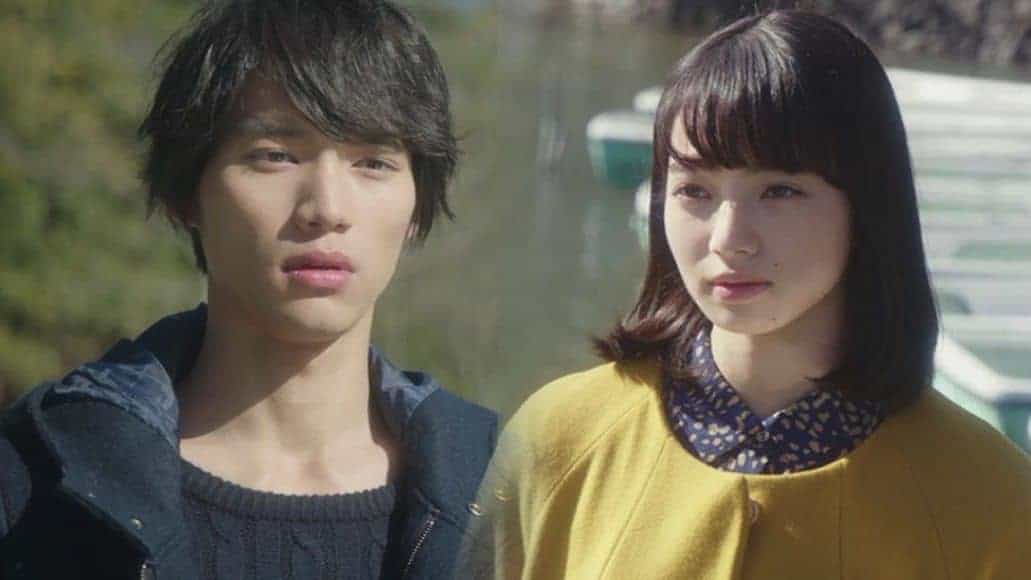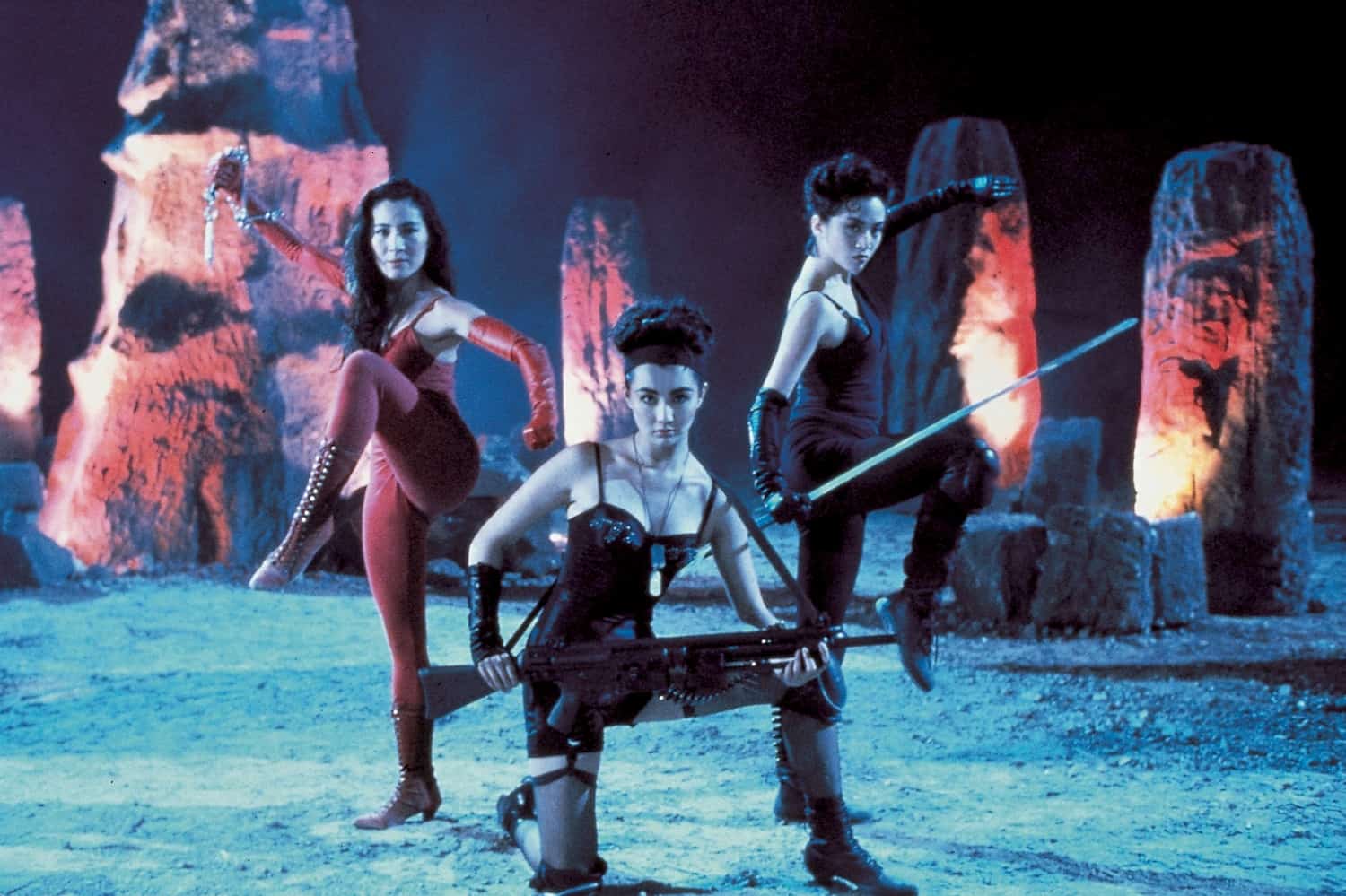“We all need to join hands now.”
In his segment of the “Ten Minutes Older”-project German director Werner Herzog sheds some light on one of the most disturbing features of the passing of time, and how much is lost every day without us giving it a second thought. The Amondauas, an indigenous tribe of Brazil, were probably the last tribe to be discovered in 1981, an event with devastating effects on the people who came into contact with the outside world while their life had been a “stone age existence” as Herzog calls it in his short documentary. Interviewing two members of the tribe, who had been among those welcoming the explorers, one realizes the wounds time had created: with many of their tribe wiped out due to chicken pox and other diseases, perhaps the most significant change has been the adjustment to the rest of the world. Young people in their tribe describe their shame for the backwardness of the tribe's elders and wish for a better, more modern life in the urban parts of South America.
Tara's Footprint is screening at Margaret Mead Film Festival

In general, capturing time, showing something, a moment, a place or a person in front of a camera, has been one of the most important features of the medium of film. In his essay “Sculpting in Time” Russian director Andrei Tarkovsky defines the responsibility of the artist as one showing time, as one who – as the title suggests – uses time as the main material for the art. Besides feature films, especially documentary filmmaking represents this kind of understanding when the material captures time and places, makes it possible to re-connect with time, people or spaces which have been either lost, or create an awareness of the world and the time around us.
With regards to this definition of the possibilities of film, Argentinian director Georgina Barreiros may just walk in the same footsteps as Herzog and so many others. While her first documentary, “Icaros” (2014), deals with the Shipido indigenous people living in the Peruvian rain forest, her new project focuses on a similar theme with a people captured between change and tradition. “Tara's Footprint” is set in a village near Khecheopalri lake in the West Sikkim district of Northeastern India. Although it is a region marked by tradition and Buddhism, global tourism as well as deforestation have also left their footprints in the area, making her film also a vision of how the village is at the brink of a change.

Generally speaking, there is no need for any kind of pretext or knowledge walking into a feature such as “Tara's Footprint”. Considering the people behind each shot seem to be fully confident in the expressive capabilities of their visuals, the people they show and the events taking place in front of the audience, any viewer can experience the same kind of trust in the image. In a statement about the film, Georgina Barreiro states she believes “in the fundamental aspect of resilience” which lies in “accepting impermanence”. The issue is therefore not with the images or what kind of message they might convey, but with the fleeting moment being captured here, that it is irretrievably gone. Like a footprint, the scene in the film shows what has been left behind, the story of the moment, but the moment itself has long gone.
Throughout the whole film, there is this fascination, an almost Buddhist belief, in the contemplation of the moment. The aforementioned Andrei Tarkovsky celebrated the nature of memory in a similar way, as an image sculpted with the medium of film, but in the end a precious moment which is also gone and weaved into the fabric of time. In the case of “Tara's Footprint”, each moment seems to embrace the nature of this moment being only one of many, fragile and ultimately just a piece of life shared with others. For example, during a wedding ceremony, young boys talk about their future prospects, planning a possible career abroad and/or in the field of tourism. At last, Leonardo Val's camera captures these people living in sync with these characteristics of time as if it were a great symphony or dance and each moment just one step of many. Each one brief, bur precious nevertheless.

Besides the motif of time and memory, there is also the issue of connectedness in the film. Given the theme of impermanence as the director defines it, time seems to be an axis, one of many connecting people and places. In other words, the small fragment of time “Tara's Footprint” presents bears a strong link to the world as a whole, represents the world as one this small village. Even though the movie seems to be about death, in the end the scenes of dancing, singing, making music and laughter are celebrations of life itself, emphasizing its briefness, but also how precious each moment is.
“Tara's Footprint” is a movie about time, about the omnipresence of life and death in our lives as well as our moments on this earth. Emphasized through the use of long, static takes, “Tara's Footprint” is a film which requires patience and open-mindedness from its viewer, for its tale is universal, and can be translated easily into any language in any country.
Sources:
1) https://www.amnh.org/explore/margaret-mead-film-festival/films/tara-s-footprint, last accessed on: 10/07/2018
2) Valceschini, Loïc (2018) Tara's Footprint
https://www.semainedelacritique.ch/2018/lahuelladetara.html, last accessed on: 10/07/2018
3) https://dafilms.com/film/9689-icaros, last accessed on: 10/07/2018















